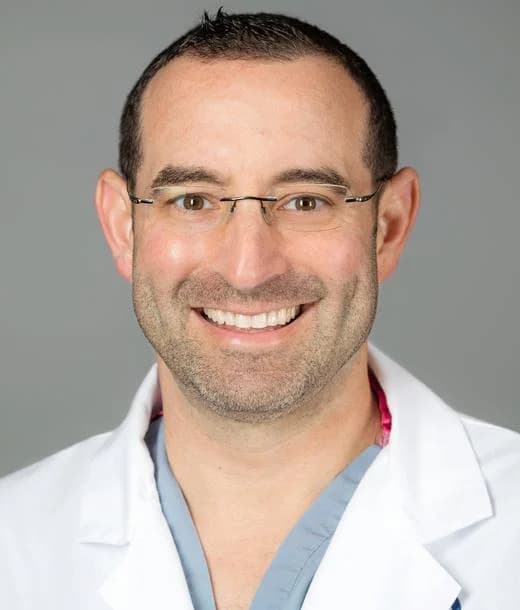Selecting Observation Vs Immunotherapy in Advanced Melanoma
Jonathan Zager, MD, spoke about the use of observation vs systemic immunotherapy to treat patients with stage IIIA and IIIB melanoma.
Jonathan Zager, MD
Moffitt Cancer Center

A recent debate for the 2024 Society of Surgical Oncology (SSO) Annual Meeting focused on whether to surveil or actively treat patients with IIIA/IIIB melanoma, according to Jonathan Zager, MD.
Zager, chief academic officer, surgical oncologist, and senior member in the Departments of Cutaneous Oncology and Sarcoma at Moffitt Cancer Center, spoke with CancerNetwork® about the potential benefit that surveillance might have over systemic therapy.
He also discussed the presence of sentinel lymph nodes (SLN) and how their sizes can impact survival rates. Additionally, cost-benefit analyses were mentioned as ways to weigh treatment options and potentially alleviate the financial burden for patients.
CancerNetwork®: What was the main objective of your debate presented during SSO?
Zager: The debate was whether to observe patients with stage IIIA and IIIB disease vs actively treat them with systemic immunotherapy. My side of the debate was to observe. Each of us had about 10 minutes to state our case and go through the data supporting why observation or treatment in those stages seems to be the better approach.
SLN micrometastasis size can vary. Should this factor influence the decision between surveillance and adjuvant immune checkpoint blockade? If so, how can we best utilize this information for personalized treatment plans?
This was part of my debate. There is a publication by my group and a group [led by] Marc D. Moncrieff, MD, that looked at the size of SLN metastases.1 What we came up with was that those patients with less than 0.3 mm of SLN metastatic disease behaved like stage IB disease. They had survival similar to [those with] stage IB disease, whereas those with greater than 0.3 mm of disease had much worse survival. That type of data may be studied in a larger proportion of patients and could be used to help guide adjuvant therapy. That was part of my debate. We have patients with very little SLN disease burden, and they probably don’t need systemic therapy because their survival is so good.
Surveillance allows for earlier detection of recurrence. How do the risks and benefits of potentially delayed treatment with this approach compare with upfront adjuvant immune checkpoint blockade?
We surveil patients when they have stage III or high-risk disease. That’s done in various methods at different institutions with different intervals, usually around anywhere from every 3 to 6 months with imaging in a physical exam. There’s also data—not that we want it to progress to bulky, palpable, or clinically evident disease—from the phase 2 SWOG 1801 trial [NCT03698019], another trial that shows that neoadjuvant therapy plus surgery and adjuvant therapy would benefit the patient over surgery and adjuvant therapy alone.2 There is a method of treating these patients. If we observe them and they recur with bulky clinical or radiographic disease, treating them with neoadjuvant therapy followed by surgery and adjuvant therapy would have a survival advantage over adjuvant therapy alone.
The cost of cancer care is a growing concern. How do the financial implications of adjuvant immune checkpoint blockade compared with surveillance factor into the decision-making process for these patients?
You would have to do a cost-benefit analysis, which I haven’t done, to figure out how many patients we need to treat to positively affect 1 patient. Conversely, what is the most cost-effective way of imaging these patients to find that 1 patient we might have to treat in the neoadjuvant or post-recurrence [setting]? I’m not aware of what the data shows, but treatments are expensive, and imaging is expensive. Finding a cost-benefit balance between who we need to treat and who we need to image and how often, which are usually the highest-risk patients, would be a great study.
References
- Moncrieff MD, Lo SN, Scolyer RA, et al. Clinical outcomes and risk stratification of early-stage melanoma micrometastases from an international multicenter study: implications for the management of American Joint Committee on Cancer IIIA Disease. J Clin Oncol. 2022;40(34):3940-3951. doi:10.1200/JCO.21.02488
- Patel SP, Othus M, Chen Y, et al. Neoadjuvant-adjuvant or adjuvant-only pembrolizumab in advanced melanoma. N Engl J Med. 2023;388(9):813-823. doi:10.1056/NEJMoa2211437